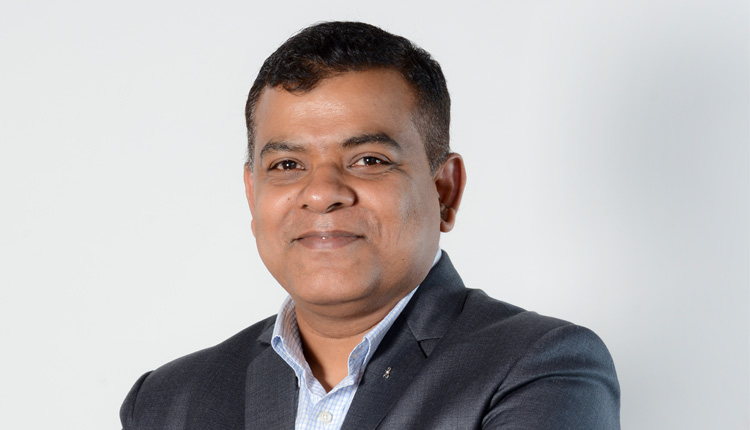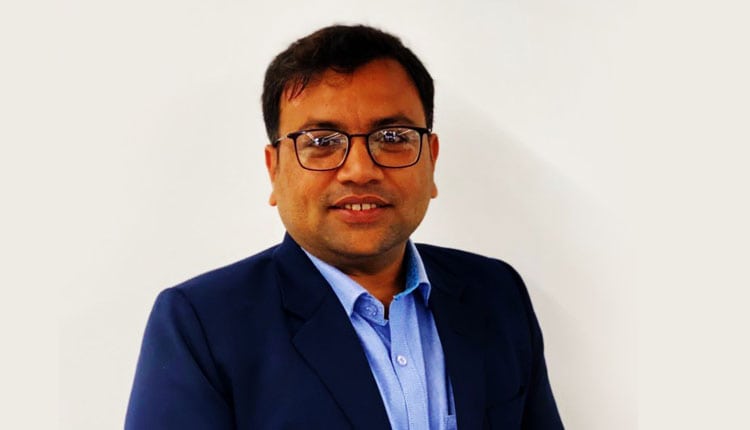India’s digital payments landscape has transformed at astonishing speed. With UPI processing a record-breaking ₹24.03 lakh crore in transactions in a single month and cross-border adoption accelerating, the country has set a global benchmark for scale, speed, and inclusivity.
But according to Mathew Thomas, CTO at airpay Payment Services, the next chapter isn’t only about access—it’s about experience.
“The next growth stage will have to address more than just access—it should improve on experience,” Thomas says. “Payments must be dependable, intuitive, and frictionless—whether for a first-time user in a tier-3 town or a corporate in Mumbai.”
From Scale to Experience
India’s open digital public infrastructure has already proven it can handle hundreds of millions of users seamlessly. The challenge now, Thomas argues, is making it smarter, faster, and more trustworthy—ensuring backend complexity never compromises user experience.
“When ₹24.03 lakh crore of transactions are processed in a month, batch-oriented systems can’t keep pace,” he explains. “Infrastructure must be real-time, elastic, and intelligent—scaling instantly during peaks without sacrificing speed, reliability, or security. True innovation lies in hiding this complexity from the user.”
In practice, that means a street vendor in a small town and a corporate settling millions should both experience the same: a smooth, instantaneous, and reliable payment.
Why Patchwork No Longer Works
Today, many platforms depend on 10–15 different payment partners to meet compliance and reconciliation needs. But Thomas warns that this “patchwork” model is unsustainable.
“Each new partner is like another knot in an already tangled rope,” he says. “It may solve immediate needs but only adds layers of complexity, driving up costs and reconciliation headaches.”
Instead, Thomas advocates a unified, modular backend that applies security, compliance, and analytics consistently across the ecosystem.
“With a consolidated control layer, you remove duplication, build resilience, and adapt to new payment rails, regulations, or fraud patterns without disturbing the core. This frees platforms to focus on innovating for users instead of firefighting integration issues.”
AI: The Silent Guardian
Fraud prevention has traditionally slowed down payments with OTPs, manual checks, and other friction points. At airpay, AI flips the model—detecting fraud invisibly and in real time.
“Fraud prevention occurs secretly in real time—the good kind of frictionlessness,” Thomas says.
airpay’s machine learning models analyze transaction patterns, device fingerprints, velocity, and geolocation within milliseconds—learning continuously from millions of data points. For example, if a Delhi-based card is suddenly used for high-value transactions in another city, the system flags it instantly. During peak seasons, AI adjusts dynamically to allow genuine transactions through while blocking suspicious ones.
The result? Faster processing, higher approval rates, and fewer chargebacks.
Interoperability at the Core
As payments span banks, NBFCs, wallets, and regulators, interoperability becomes critical. airpay’s API-first architecture, aligned with ISO 20022 global standards, ensures seamless and future-ready connections.
Security is strengthened through tokenisation, keeping sensitive details hidden while enabling safe transactions. For users, interoperability means freedom of choice; for partners, it lowers integration costs, speeds onboarding, and embeds compliance by design.
Lessons for the World
India’s infrastructure-led approach to financial inclusion is being studied globally. Thomas believes the lessons are clear:
“India shows that financial systems can achieve infinite scale and deep inclusion if built on the right foundations. Infrastructure comes first—open, secure, interoperable rails create the stage for innovation.”
Equally important is collaboration between regulators, banks, and technology providers, which has ensured trust while extending digital finance to millions. And the final piece: keeping the end-user in focus.
“For the world, the solution is laid out—build infrastructure open by design, embed security and transparency at every layer, and keep user needs at the center,” Thomas says. “That’s how ecosystems become resilient, inclusive, and adaptable.”Rebuilding Trust: airpay’s Role in the Next Generation of Digital Payments






